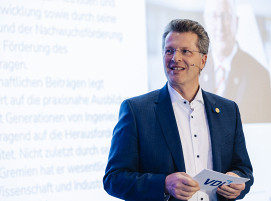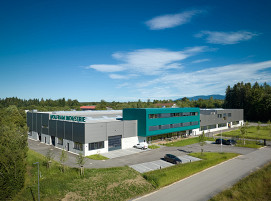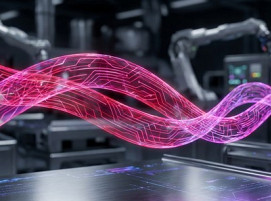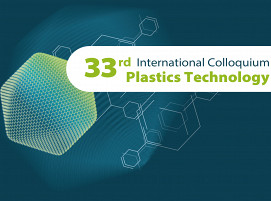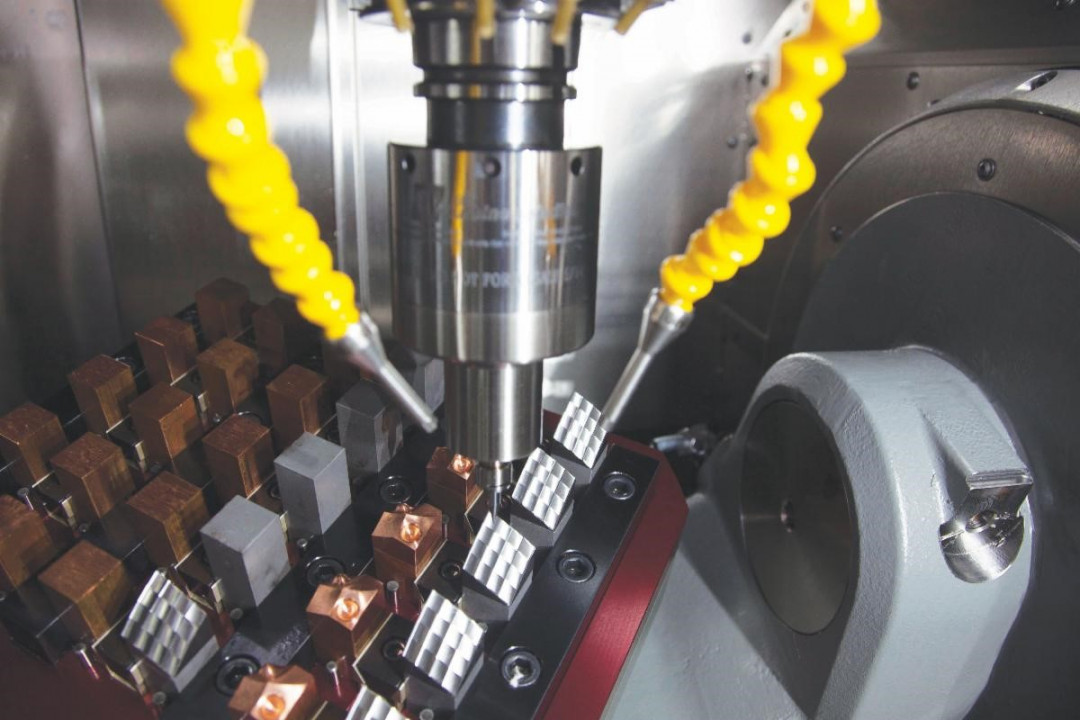
The Revolution of High-Speed Machining: Principles, Benefits and Practical Advice
Manufacturing and machining processes have evolved dramatically over the decades. One of the most transformative developments in recent years is the rise of high-speed machining (HSM). For those new to the concept, high-speed machining may seem like a technical buzzword. However, its practical applications and benefits are anything but trivial, particularly for industries that rely on precision and efficiency to be competitive. In this article, we’ll break down the principles of high-speed machining in comprehensible terms, explore its benefits, dispel common misconceptions and provide practical advice on implementing high-speed techniques to achieve higher productivity.
What Is High-Speed Machining?
At its core, high-speed machining refers to the process of using smaller cutting tools at significantly higher spindle speeds than conventional machining. Traditional machining typically uses larger tools operating at speeds of up to 20,000 RPM and focuses on heavy material removal. In contrast, HSM can reach spindle speeds of 40,000 to 90,000 RPM or more, enabling finer, more precise work with micro tools. High-speed machining is essential for applications requiring intricate detail or micron-level precision. For example, when machining small parts or intricate geometries, conventional spindles are too slow to effectively work with small tools and tie up the machine for extended periods. HSM fills this gap by enabling these tools to operate at the necessary speeds while maintaining accuracy and reducing operating costs.
Benefits of High-Speed Machining
The advantages of high-speed machining are multifaceted, impacting everything from productivity and surface quality to tool life and operational costs. One of the most compelling reasons to adopt High-Speed Machining is the exponential reduction in cycle times. Machining at speeds of 50,000 RPM or higher can reduce cycle times by six to ten times compared to conventional methods. This means parts are produced faster, machines are freed up sooner and overall productivity skyrockets. In one case study, a high-speed spindle reduced machining time by 100% compared to a standard CNC spindle, resulting in dramatic cost savings per part and higher return on investment for the machine.
High-speed machining excels at delivering fine surface finishes and micron-level accuracy. By using light, layered cuts and higher surface feet per minute (SFM), HSM minimizes vibration and heat generation, ensuring finer, more consistent finishes. For industries such as aerospace, medical devices and jewelry, where surface quality is critical, HSM provides unparalleled results. High-speed machining enhances tool lifespan by maintaining consistent spindle speeds under load. Tools are less likely to break due to speed drops, a common issue in conventional setups. Additionally, the heat generated during cutting is left behind, further preserving the integrity of the tools.
Plus, HSM is suitable for a wide range of materials, from titanium and aluminum to composites, plastics and even ceramics. Whether cutting intricate mold designs, deburring gears, shaping medical implants or grinding with ultra-precision high-speed machining delivers precision and efficiency across diverse applications.
Common Misconceptions About High-Speed Machining
Despite its advantages, high-speed machining is often misunderstood. Let’s address some of the most common misconceptions:
“Air Tools Lack Power”
Historically, air tools were seen as underpowered, particularly when compared to electric spindles. However, advancements have shattered this notion by combining high speed with high power, ensuring reliable performance in cut at high speed.
“High-Speed Spindles Are Unreliable”
Traditional high-speed spindles, such as electro spindles or coolant spindles, often suffer from issues like overheating, thermal expansion, burnout, clogging with chips and frequent breakdowns. Modern solutions mitigate these concerns by eliminating heat generation and using direct-drive, compressed air-powered technology, with only two moving parts.
“High-Speed Machining Is Only for Small Tools”
While HSM is particularly effective with micro tools, its benefits extend to a variety of applications, including machining molds, deburring, contouring and cutting complex geometries in materials including graphite, fiberglass, acrylic and even glass lenses.
Practical Advice for Implementing High-Speed Machining
For manufacturers considering high-speed machining, here are some key factors to keep in mind:
1. Optimize Programming High-speed machining requires specific programming techniques to maximize its benefits. Focus on using high advance rates and light, layered cuts. For drilling, consider pecking cycles to minimize heat buildup and extend tool life.
2. Balanced Cutting Tools Ensure your cutting tools are balanced and have the appropriate number of flutes. Tools with four to six flutes are ideal for reducing load per tooth, evacuating chips quickly and minimizing heat generation.
3. Use Proper Speeds and Feeds Calculate optimal speeds, feeds, and horsepower requirements using the machinist’s handbook or specialized software. Start with a light pass adjusting feed rates to achieve the desired chip load and surface finish.
4. Choose Reliable Spindles Invest in high-speed spindles and live tools that maintain consistent fixed speed under load. Avoid older technologies like vane motors or ungoverned turbines, which are prone to speed drops and tool wear and breakage. Air Turbine Spindles are a new solution that maintains high speed (up to 90,000 RPM) thanks to innovative technology that increases airflow volume to match cutting loads. This ensures consistent performance, even in angles on your toolpath. Unlike electro spindles which generate heat and require cooling periods, Air Turbine Spindles® operate continuously without generating heat and without thermal expansion. This eliminates accuracy issues and ensures reliable 24/7 performance. Powered by compressed air (90 psi / 6.2 bar), Air Turbine Tools® require no wiring, control boxes, or lubrication systems. Set-up is quick and simple. Another advancement is with only two moving parts, these spindles are highly durable and virtually maintenance-free.
Unlocking the Potential of High-Speed Machining
High-speed machining is more than a technological advancement; it’s a paradigm shift in how manufacturers approach precision work. By combining speed, power and reliability, HSM enables faster production, better quality, and lower costs. While implementing high-speed machining requires careful planning and the right tools, the results are well worth the effort. Air Turbine Tools offers innovative solutions that overcome the challenges of traditional spindles and unlock the full potential of high-speed machining. Whether you’re machining intricate molds, aerospace components or medical devices, the right tools are the difference between falling behind in productivity or outperforming competitively.
(Source: Mike Blanchard, Technical Advisor at Air Turbine Tools Inc )
Schlagworte
AerospaceAICNCCuttingDeburringDrillingGrindingIndustrieKIMaterialsMESPlasticsStudyTIGTitanTitanium


